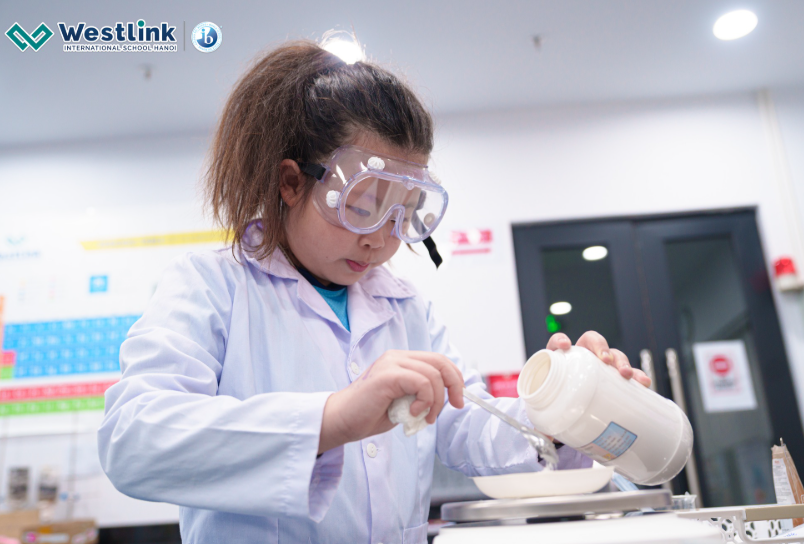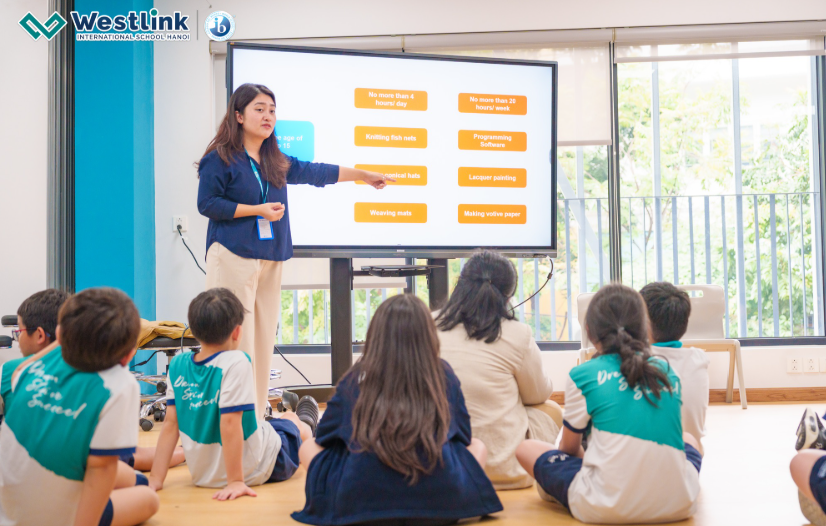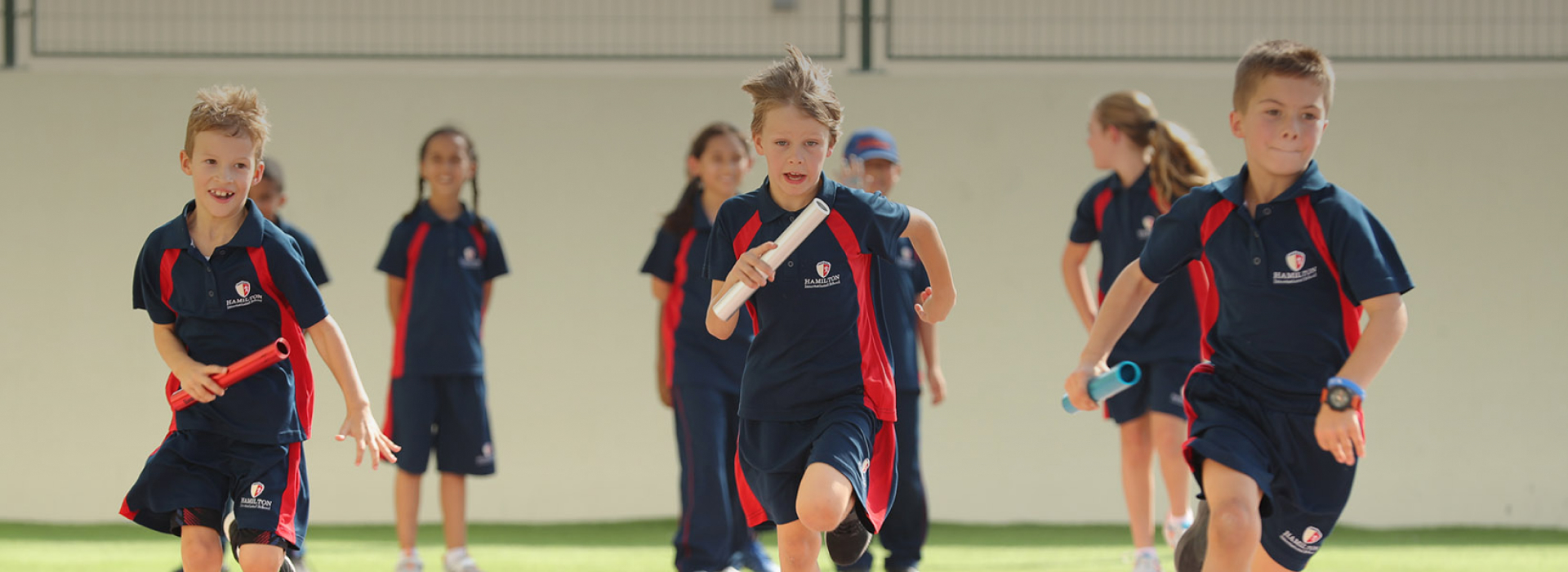Have parents ever truly explored the impact of curriculum flexibility on students’ learning and development. At a flexible learning school, teachers are expected to offer a flexible teaching schedule or various instructional strategies to deliver a personalized learning experience that centers on the needs of each student. But what exactly is curriculum flexibility, and how is it implemented in schools? Stay with us as we explore these questions in the article below!

1. What is curriculum flexibility?
Curriculum flexibility is an educational framework that allows each subject to be tailored to individual learners, meeting their specific learning needs. This approach emphasizes student engagement and autonomy by offering personalized learning choices. It promotes an inclusive environment where learners can connect their interests and strengths with the curriculum to build their own educational pathways aligned with their future aspirations.

2. Flexible curriculum models
The variety of flexible learning models enables students to access knowledge in the way that suits them best. Below are some of the most effective and widely applied models in modern education:
2.1 Personalized Learning Paths
Curriculum flexibility offers personalized learning paths tailored to students’ needs, abilities, and interests. Students can choose from a range of lesson plans, modules, or programs based on their talents, career orientation, or fields of genuine interest. This method encourages ownership of learning and personal growth.

Beyond content selection, curriculum flexibility also allows for diverse learning methods such as online learning, teamwork, or one-on-one tutoring, so that students can maximize their potential, develop creative thinking, problem-solving skills, and adaptability.
2.2. Project-based learning
This model encourages learning through projects and hands-on experiences. Students work on real-life simulations, practical tasks, or problem-based scenarios.

Students are encouraged to apply their knowledge and skills to tackle challenges or propose solutions. By giving students ownership and autonomy, this approach builds their collaboration skills, critical thinking, and creativity, fostering holistic development.
2.3. Blended learning
Also known as Hybrid Learning, this model combines traditional face-to-face instruction with online learning, giving students some degree of control over time, place, pace, and learning path.

Through internet-connected platforms, interactive activities, and teacher support, students gain access to local and global educational resources anytime, anywhere. They also receive personalized feedback and can revisit key concepts at their own pace.
2.4. Personalized instruction
This model enables teachers to customize teaching content, methods, and assessment frameworks for individual students. It involves continuous evaluation, tailored feedback, and interventions that develop students’ strengths and address areas for improvement.

Students can engage in real-world projects, experiential learning, or combine online and offline lessons to enhance comprehension while developing passion, problem-solving ability, and adaptability.
2.5. Competency-based learning
This approach focuses on students’ ability to acquire and apply knowledge rather than fixed learning timeframes. Each student progresses at their own pace without the pressure of keeping up with the entire class.

Students can revisit materials and are assessed based on personalized competency frameworks, allowing for holistic growth aligned with each student’s learning capacity and future orientation.
3. Implementing curriculum flexibility
To meet diverse learning needs and enhance teaching efficiency, schools, teachers, and parents should consider the following key elements for effective implementation:
3.1 Roles of Teachers and Students
In flexible teaching models, teachers become facilitators, mentors, and motivators, not just knowledge transmitters. They are expected to employ modern tools and create a personalized, student-centered environment.

Meanwhile, students take ownership of their learning by choosing suitable content and methods aligned with their interests and abilities. This nurtures independent thinking, self-learning, and real-world problem-solving skills.
3.2 Supporting Tools and Resources
Westlink leverages a variety of modern tools and technologies to enhance the educational experience for its students. Among the key resources are:
Toddle: A comprehensive learning management system that supports interactive learning experiences and curriculum management, helping educators and students track progress in real-time.
Learning Village: This platform offers a collaborative environment for students, providing access to online courses, assessments, and learning resources that cater to different learning styles.
Flash Academy: A specialized tool designed to help students master foreign languages through engaging, interactive lessons and gamified learning experiences.
In addition to these platforms, Westlink is a ViewSonic School, utilizing ViewSonic’s interactive digital whiteboards to create a dynamic and interactive classroom environment. These smart devices allow teachers to present lessons in innovative ways, making learning more engaging and effective.
The successful implementation of these tools is underpinned by diverse supporting resources:
Modern technology & software: Learning management systems, online lessons, digital materials, smart devices, and internet-connected tools enable learning anytime, anywhere.
Digital libraries: Digital textbooks, open resources, interactive materials, and project-based learning tools provide students with global access to useful knowledge.
International education networks: Online forums, study groups, and mentorship from global educators give students opportunities to exchange ideas and access the latest educational research.

3.3 Design and Evaluation of Curriculum Flexibility
Curricula should be personalized, allowing students to independently study and build learning paths suited to their goals. Course content should be updated regularly and adaptable to each student’s pace and progress.
Simultaneously, assessing the teaching and learning process is equally crucial. The evaluation system should not rely solely on traditional test results, but must also incorporate a variety of assessment methods such as project-based assignments, presentations, and competency-based assessments to accurately reflect students’ overall development.
3.4 Strategies for Curriculum Differentiation
Differentiated instruction is a key strategy to address the diverse learning needs of students. By grouping learners based on their interests, skill levels, and readiness, this approach enables each student to grow according to their individual abilities while still ensuring the achievement of core learning objectives. To implement it effectively, differentiation strategies can be applied in the following ways:

Differentiated content
By adjusting teaching materials based on each student’s proficiency level, interests, and learning goals. Teachers can provide materials with varying levels of difficulty, supplement with open educational resources, or design assignments tailored to individual abilities.
Differentiated instructional methods
By applying various approaches such as active learning, real-world projects, simulations, or experiential learning to accommodate different learning styles (visual, auditory, kinesthetic, etc.).
Differentiated assessment formats
By combining flexible assessment methods such as online quizzes, presentations, creative products, or real-life reports to fully reflect each student’s competencies.

With a modern educational philosophy that places students at the center, Westlink International School aims not only to provide in-depth academic knowledge but also to empower students to develop creative thinking, critical reasoning, and problem-solving skills. To achieve this, the school flexibly implements the curriculum flexibility model in its teaching and learning processes. This approach not only gives students greater autonomy in their learning journey but also opens up opportunities for holistic development, helping them build a strong foundation for their future.
4. Future Trends in Curriculum Flexibility
Curriculum flexibility is rapidly evolving and has become a top choice for modern parents. In the near future, supported by AI technologies, Big Data, and Blended Learning, this model promises to deliver remarkable benefits. These include the ability to personalize learning pathways, increase access to global knowledge, and promote the development of critical thinking, creativity, and collaboration. It also enables students to clarify their career orientations and become ready for international integration.

However, implementing flexible curriculum models in Vietnam still faces several challenges. For example, disparities in technological infrastructure across regions may affect equal access to education. Additionally, developing competency-based assessment frameworks customized to each learner’s path requires comprehensive reforms in testing systems, moving beyond traditional exam-focused methods.
Despite these obstacles, the rapid advancement of technology and the shift in educational mindsets make curriculum flexibility an inevitable trend, unlocking new, individualized learning opportunities for all students.
Curriculum flexibility is an incredibly valuable educational approach that fosters a deep, creative, and autonomous learning environment. We hope that the insights and recommendations shared in this article by Westlink will help schools and educators better understand how to implement flexible teaching models effectively, creating a more positive and impactful learning environment for students.
CONTACT INFORMATION
Address: Gia Vinh Street, Tay Ho Tay Urban Area, Xuan Tao Ward, Bac Tu Liem District, Hanoi
Hotline: (+84) 865 777 900
Email: infor@westlink.edu.vn
Website: https://westlink.edu.vn/vi



